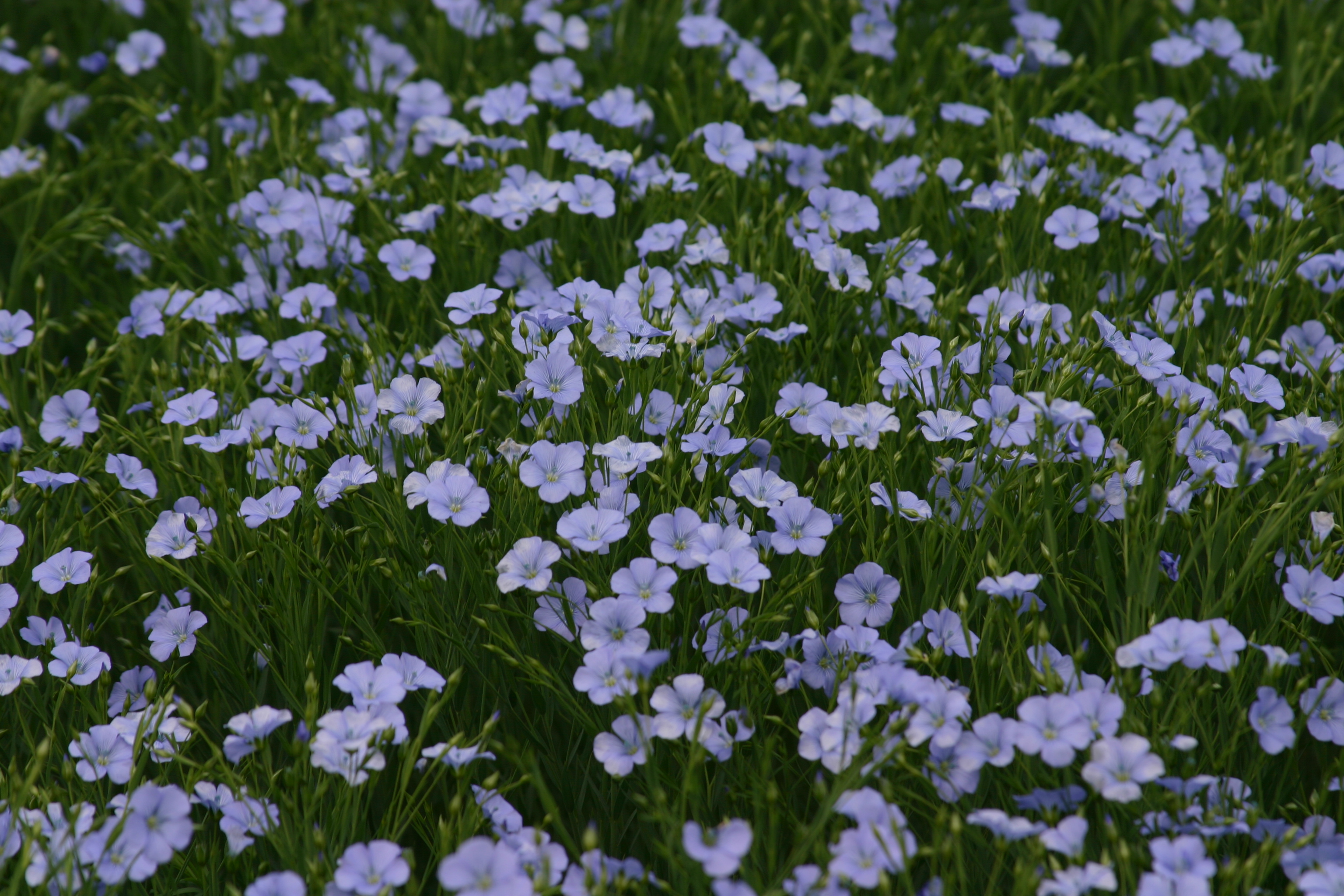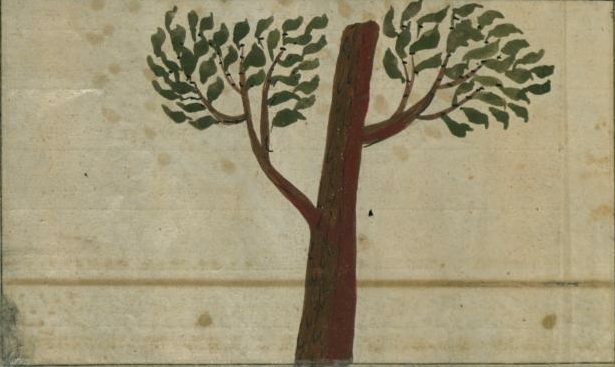 Over the course of the quarter century I researched this book I have had the privilege of seeing every plant mentioned in the Bible and Quran first hand. As a result I am sometimes asked which plant is my favorite. This is a tough question because of knowing these plants well. So to equivocate, I will settle on three—flax, aloeswood, and poppy.
Over the course of the quarter century I researched this book I have had the privilege of seeing every plant mentioned in the Bible and Quran first hand. As a result I am sometimes asked which plant is my favorite. This is a tough question because of knowing these plants well. So to equivocate, I will settle on three—flax, aloeswood, and poppy.
Flax, the source of linen, would be a well-known plant to a resident of the ancient Middle East. Grown for its utility for fiber but also seeds, flax seeds or linseed, which provided nutritious food and oil it is additionally a strikingly beautiful plant when in full flower. A blooming field of flax with its sky blue flowers is a striking sight. But flax is no longer grown in the Middle East and in all my years of living and working there in several countries I have never seen it cultivated except as an ornamental or as part of a Bible plants garden.
Just how unfamiliar it has become is evident from an experience I had at the office of the regional agricultural officer in the city of Tubas (Thebez of the Bible) in the Palestinian Territories where I was conducting a survey on the ecology of crop relatives. When the officer found that he was one of my former students, I was invited to the mandatory coffee with him and his employees. During the course of the conversation I was asked if I could recognize marijuana seeds that, of course, any university botanist has likely seen. This was important, I was told, because a farmer was found with these seeds, accused of growing marijuana, and put in prison. The seeds were fetched and when I examined them I saw they were flax! (Marijuana seeds, technically fruits, are triangular in cross section while flax seeds are flat.)
Flax originated in the Middle East where wild relatives are still found. In contrast, aloeswoods (usually translated aloes in the Bible) grow only in tropical rainforests. Once widespread and common, they have been indiscriminately cut to extract the fragrant oil in the wood.
 So when I was visiting Brunei Darussalam one of my objectives was to see aloeswood trees. Because of their value I was guided by a forest service employee to an underwhelming tree which was carefully protected. Before the great demand for the oil, aloeswood bark was sustainably harvested in Borneo for cordage, because the bark has long, strong fibers.
So when I was visiting Brunei Darussalam one of my objectives was to see aloeswood trees. Because of their value I was guided by a forest service employee to an underwhelming tree which was carefully protected. Before the great demand for the oil, aloeswood bark was sustainably harvested in Borneo for cordage, because the bark has long, strong fibers.
 Common and abundant, the poppy (flower of the field of the Bible), is nevertheless a plant of striking beauty. In the spring of the year one can find fields of thousands of these bright red flowers throughout much of the Middle East. As the Bible so aptly explains, these flowers are evanescent—large, bold, bright in the morning and reduced to shriveled tattered petals late in the day.
Common and abundant, the poppy (flower of the field of the Bible), is nevertheless a plant of striking beauty. In the spring of the year one can find fields of thousands of these bright red flowers throughout much of the Middle East. As the Bible so aptly explains, these flowers are evanescent—large, bold, bright in the morning and reduced to shriveled tattered petals late in the day.
Latest Comments
Have your say!